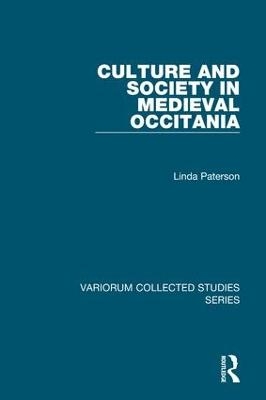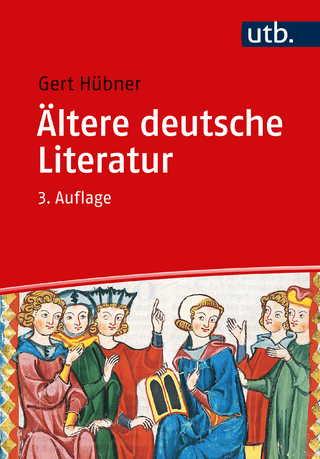
Culture and Society in Medieval Occitania
Routledge (Verlag)
978-1-4094-2398-0 (ISBN)
- Titel z.Zt. nicht lieferbar
- Versandkostenfrei innerhalb Deutschlands
- Auch auf Rechnung
- Verfügbarkeit in der Filiale vor Ort prüfen
- Artikel merken
Medieval Occitania, a geographical and linguistic area often referred to as 'the South of France', 'the South', 'the Midi', or more loosely 'Provence', was politically diverse but culturally coherent. It was here that the troubadours created Courtly Love and a new poetic language, which together were to affect the whole course of European literature and sensibilities. The essays made readily accessible in this collection reflect the author's many-sided interests in the troubadours and the society from which they sprang: the historical and cultural place of the women forming the ostensible objects of their desire, veneration, or anxieties; the extent to which French notions of chivalry penetrated the South; the nature and meaning of various elements of court culture; the precocious development of medical science in this region; its complex responses to the Crusades; and the question of Occitan identity. Mostly complementing her major publications (The World of the Troubadours, collaborative editions of the songs of the troubadour Marcabru, of the epic fragment the Canso d'Antioca, and of the medieval Occitan tensos and partimens), they provide either more detailed material than found its way into those works, or developments from them. 'Occitan literature and the Holy Land' anticipates a new project on responses to the Crusades in Occitan and Old French lyrics.
Linda Paterson is Professor Emerita in the Department of French Studies, University of Warwick, UK
Contents: Introduction; Part I Identity: Was there an Occitan identity in the Middle Ages? Part II Women: Marriage, Property, Love and Sin: L'épouse et la formation du lien conjugal selon la littérature occitane du XIe au XIIIe s.: mutations d'une institution et condition féminine; Women, property and the rise of Courtly Love; L'obscénité du clerc: le troubadour Marcabru et la sculpture ecclésiastique as XIIe siècle en Aquitaine et dans l'Espagne du nord; Marcabru et le lignage de Caïn: Bel m’es cant son li frug madur (PC 293.13). Part III Knights and 'Chivalry': Literary Evidence: The concept of knighthood in the 12th-century Occitan lyric; La Chanson de la Croisade albigeoise: mythes chevaleresques et réalités militaires; The Occitan squire in the 12th and 13th centuries; A propos de la datation de Raimon d'Anjou.Part IV Court Culture: Tournaments and knightly sports in 12th- and 13th-century Occitania; Great court festivals in the South of France and Catalonia in the 12th and 13th centuries; Les tensons et partimens; Jeux poétiques et communication des valeurs: le tensos et partimens des troubadours; Insultes, amour et une trobairitz: la tenso de Raimbaut de Vaqueiras et Albert Malaspina; Writing the present: Boniface II of Montferrat and Frederick II Hohenstaufen. Part V Medicine: La médecine en Occitanie avant 1250; Military surgery: knights, sergeants and Raimon of Avignon's version of the Chirurgia of Roger of Salerno (1180-1209). Part VI Troubadours and the Crusades: Occitan literature and the Holy Land; Legal agreements in the Occitan Canso d'Antioca; Syria, Poitou and the reconquista (or: tales of the undead): who was the Count in Marcabru's Vers del lavador?; Addenda; Index.
| Erscheint lt. Verlag | 28.1.2011 |
|---|---|
| Reihe/Serie | Variorum Collected Studies |
| Verlagsort | London |
| Sprache | englisch |
| Maße | 152 x 229 mm |
| Gewicht | 790 g |
| Themenwelt | Geschichte ► Allgemeine Geschichte ► Mittelalter |
| Geisteswissenschaften ► Geschichte ► Regional- / Ländergeschichte | |
| Geschichte ► Teilgebiete der Geschichte ► Kulturgeschichte | |
| Geschichte ► Teilgebiete der Geschichte ► Sozialgeschichte | |
| ISBN-10 | 1-4094-2398-0 / 1409423980 |
| ISBN-13 | 978-1-4094-2398-0 / 9781409423980 |
| Zustand | Neuware |
| Haben Sie eine Frage zum Produkt? |
aus dem Bereich


